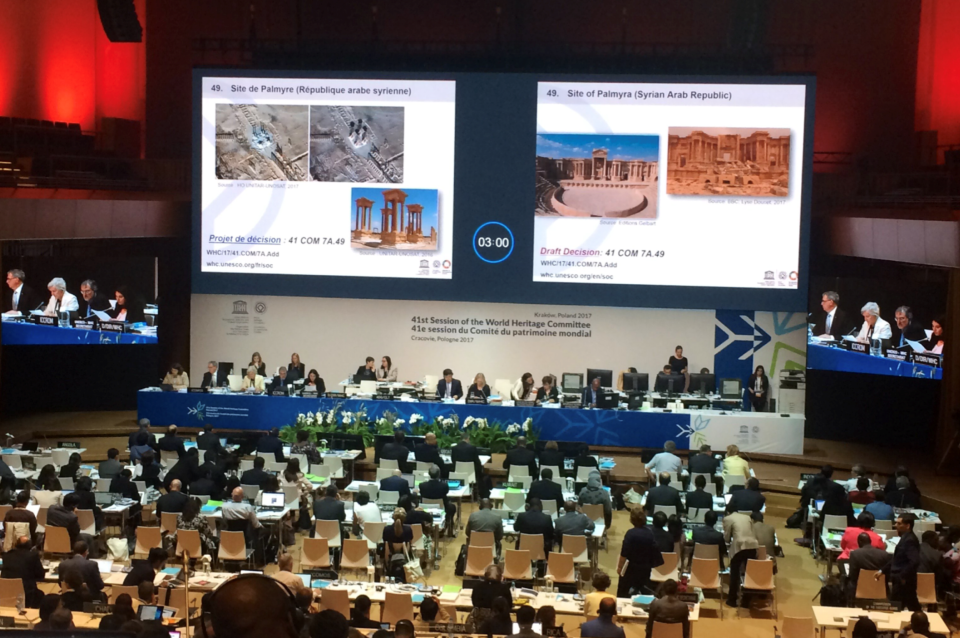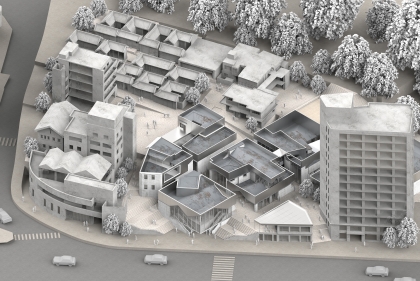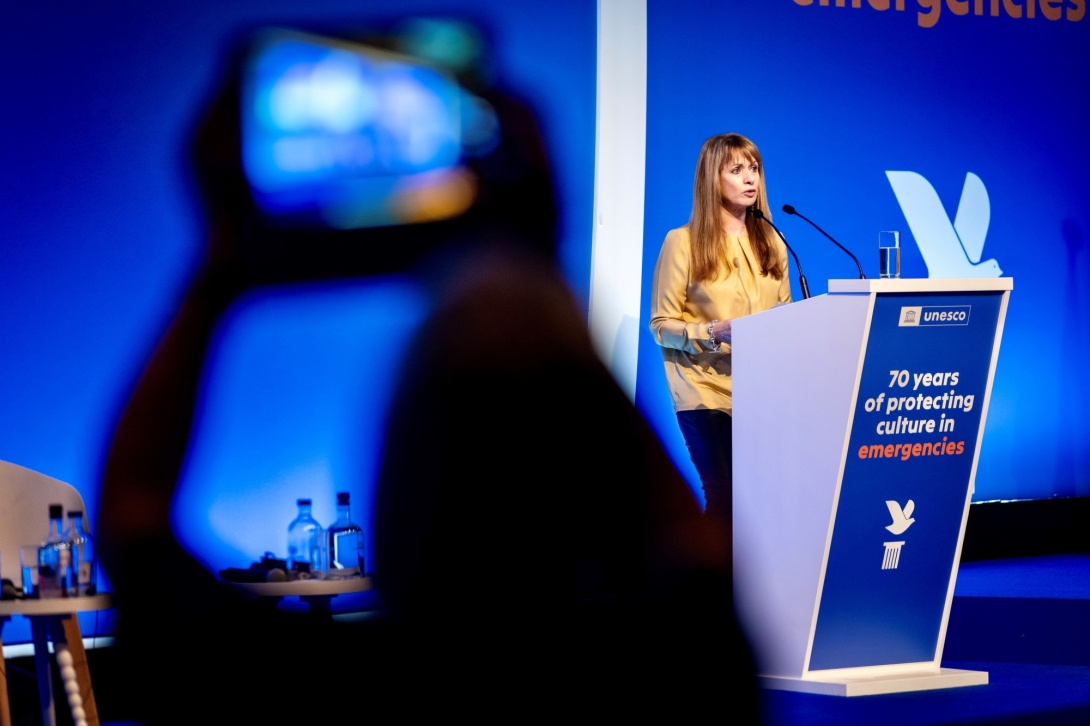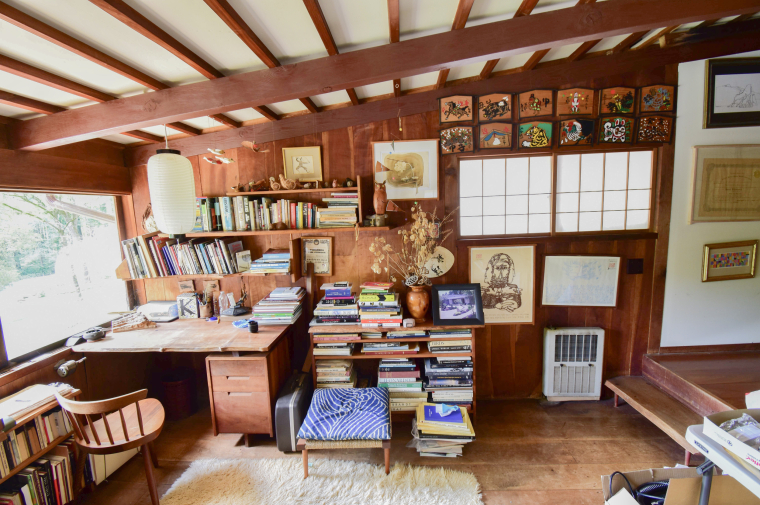December 11, 2024
For Heritage Professionals in Training, the Question is “Whose Heritage?”
By Laney Myers

The UNESCO World Heritage Committee meeting at Krakow, Poland, 2017. Global convenings like it are increasingly the sites of what PIK Professor Lynn Meskell calls a "massive reckoning" in terms of conserving cultural heritage. (Photo courtesy Lynn Meskell)
Close
The UNESCO World Heritage Committee meeting at Krakow, Poland, 2017. Global convenings like it are increasingly the sites of what PIK Professor Lynn Meskell calls a "massive reckoning" in terms of conserving cultural heritage. (Photo courtesy Lynn Meskell)
Angkor Archaeological Park, Cambodia. The site's 1992 inscription as a UNESCO World Heritage Site following the country's devastation by the Khmer Rouge bolstered the regime’s territorial claims and political legitimacy in the international sphere. (Photo Lynn Meskell)
Master of Science in Historic Preservation student Annie Liang-Zhou (right) poses with colleagues from World Monuments Fund to celebrate the official certification of the organization's new Chinese office.

 View Slideshow
View Slideshow




